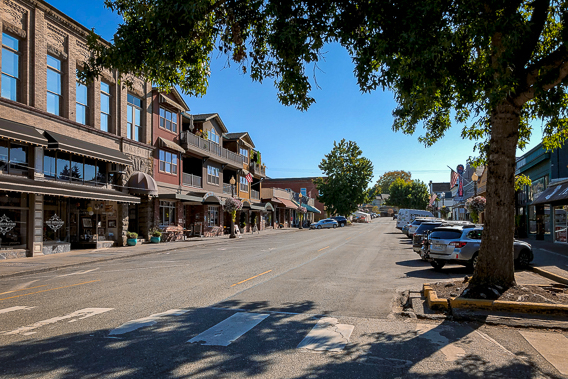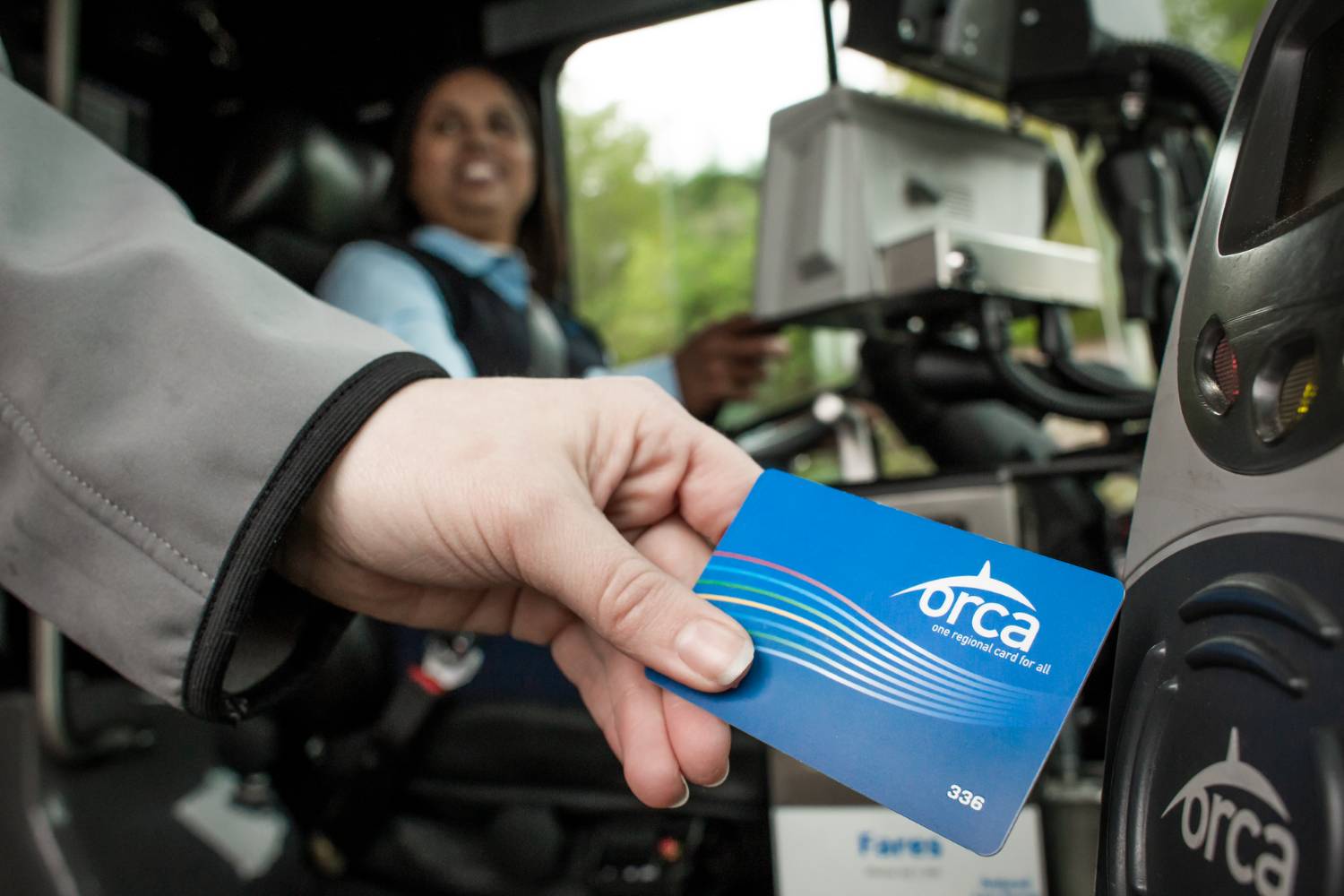Getting around Snohomish with Community Transit

Community Transit is here to get you where you want to go. We are proud to be a part of the Snohomish community — we live here, ride here, and drive here. Wherever you need to go in Snohomish, feel good about how you get there.
About Snohomish
Snohomish is located on the Snohomish River, southeast of Everett and northwest of Monroe. Snohomish lies at the intersection of U.S. Route 2 and State Route 9.As of the 2020 U.S. census, there were 10,126 people, and 4,221 households in the city.
Key destinations in Snohomish include its historic business and residential center in its downtown district, Harvey Airfield, the Snohomish Aquatic Center, its local Boys and Girls Club and senior center, Snohomish's public library, and its many parks and nature preserves. These include Ferguson Park and Hill Park on Blackmans Lake; Morgantown Park and Pilchuck Park on the Pilchuck River; and Cady Park and KlaHaYa Park in downtown on the Snohomish River.
Community Transit provides bus, DART Paratransit, and Vanpool service to Snohomish from surrounding cities. Two of these routes travel from Everett Station (with limited service to the Boeing Everett Factory) to Snohomish and continue east along US 2 to Monroe, Sultan, and Gold Bar. Another route travels from Lynnwood and Mill Creek to Snohomish and follows the State Route 9 corridor north to Lake Stevens. Community Transit also operates a commuter bus route that connects Snohomish and Monroe to Downtown Seattle with intermediate stops on Interstate 405 and State Route 520. The city also has one park and ride lot, located near Avenue D and State Route 9, that is owned by the Washington State Department of Transportation (WSDOT).
Snohomish is also the southern terminus of the Centennial Trail, an intercity multi-use path for pedestrians, cyclists, and equestrians.
Popular Destinations
Feedback wanted: Community Transit proposes eliminating commuter bus fare

Changes are coming to Community Transit as light rail reaches Snohomish County later this year. You’ll have more travel options in Snohomish County, more bus service, and improved regional transit connections.
As a part of these coming changes, Community Transit is proposing to eliminate commuter bus fare, starting on Sept. 1. Public comment is open now through May 3 for people who would like to comment on this proposed fare change.
Why remove commuter fares?
Currently, riders are charged $4.25 for commuter routes that travel to Northgate and downtown Seattle. When light rail begins operating in Snohomish County later this year, Community Transit will stop operating those routes so there is no need for the $4.25 fare category.
If the fare change is approved by the Community Transit Board of Directors, then all standard adult fares would be $2.50 for local bus, Swift, Zip Alderwood Shuttle, and DART paratransit services. Other Community Transit fares would remain the same.
Cost savings for riders going to Seattle
The removal of the commuter fare category would also mean cost savings for people traveling to Seattle from Snohomish County. This is because with the elimination of Community Transit’s commuter fare and Sound Transit’s approved plans to change Link fares to a flat $3, riders from Snohomish County would go from paying $4.25 each way to $3 each way with an ORCA card. For a five-day commute, that would result in $12.50 savings a week and $50 savings a month.
Why are commuter routes being eliminated?
Starting Sept. 14, Community Transit buses will no longer serve Northgate and downtown Seattle. Route 424 will continue to operate until at least 2025, but will move to the standard $2.50 fare. Instead, riders will connect to Link light rail at Lynnwood, Mountlake Terrace, or Shoreline to complete their trips to Seattle. Some Sound Transit buses will continue to serve Seattle.
We want to hear from you!
As Community Transit plans for fare changes, we want to hear from you by May 3. The following are ways to submit comments:
- Survey: communitytransit.org/fareproposal
- Email: engage@commtrans.org
- Social: Facebook (/communitytransit), Twitter (@MyCommTrans)
- Mail: Community Transit, Administrative Office, 2312 W Casino Rd, Everett, WA 98204
- Call: 425-353-RIDE (7433)
- Public hearing: Community Transit Board Meeting: 3 p.m., May 2 (To comment, sign up at communitytransit.org/how-to-attend-a-meeting). The meeting will be in a hybrid format, with in-person attendance and an online option available. Visit our Board of Directors page and click on Upcoming Meetings for meeting materials and information on how to participate or listen.
Title VI analysis
Community Transit conducted a federally mandated Title VI analysis which found that the proposed fare change does not have a disparate effect on minority or low-income populations. Proposed fare changes and the Title VI analysis can be found at communitytransit.org/fareproposalinfo.
